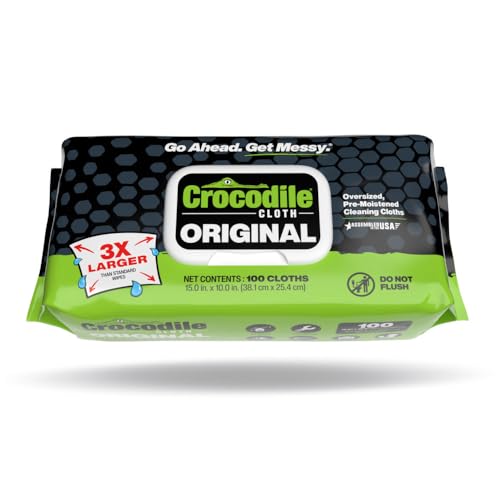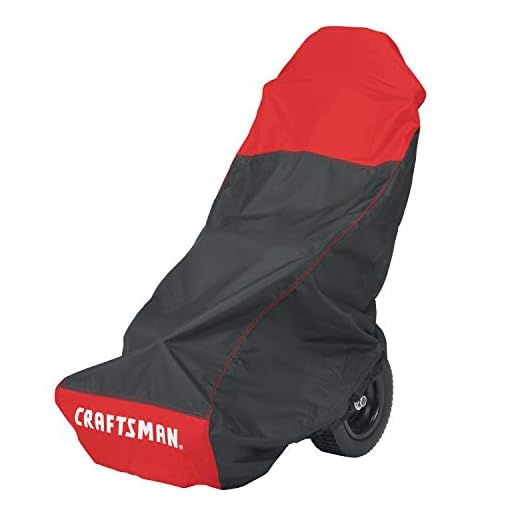

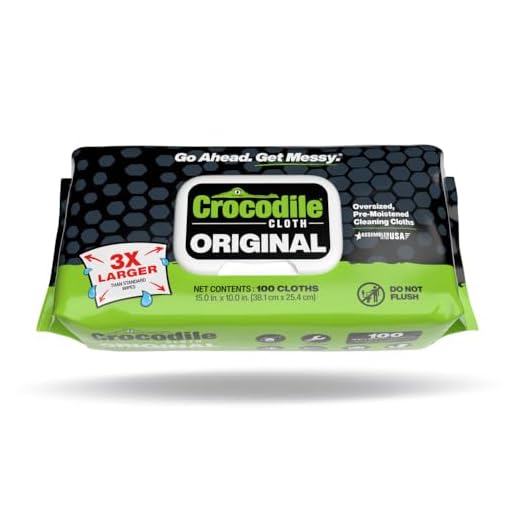
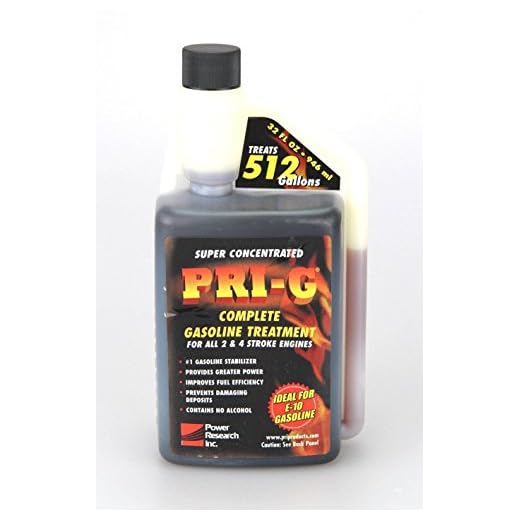
Maintaining high-pressure cleaning systems during colder months is crucial for their longevity and functionality. I recommend ensuring that these devices are properly stored, preventing any internal parts from freezing. It’s advisable to drain the machine of any residual water, as even a small amount can cause significant damage in freezing temperatures.
Additionally, if using these machines in lower temperatures is necessary, employing antifreeze specifically designed for cleaning systems is beneficial. This can protect vital components from frost damage and extend usability. Warm water, if available, should be used instead of cold to prevent ice formation on surfaces being treated.
Regular maintenance checks are important. Inspect hoses for cracks and seals to avoid leaks, which can worsen in cold conditions. If long periods of inactivity are anticipated, consider using a heater or insulated housing for your equipment. This proactive approach ensures optimal performance when it’s time to initiate cleaning tasks.
Lastly, do not underestimate the power of proper post-use care. Thoroughly cleansing any attachments and equipment after usage can prevent frost-related troubles. With careful attention, high-pressure cleaning systems remain effective and reliable, even as temperatures drop.
Preparing Your Pressure Washer for Cold Weather
To ensure your cleaning equipment performs optimally despite the chill, it’s crucial to winterise it properly. Begin by draining all water from the unit. This prevents freezing, which can cause serious damage to internal components. Run it briefly without water to purge any liquid trapped in the pump.
Use Antifreeze Solutions
After draining, consider using a non-toxic antifreeze solution specifically designed for your model. Pour it into the detergent tank and run the motor for a few moments. This helps protect seals and pump mechanisms from frost-related issues.
Storage Practices
Select a dry, sheltered location for storage. If possible, keep your unit indoors or in a heated garage. If indoor storage isn’t feasible, cover it with a weather-resistant tarp to shield it from moisture and debris. Check the fuel and oil levels if your equipment is gas-powered, ensuring everything is fresh and uncontaminated before storing.
Regular checks throughout the colder months will help maintain your device’s readiness for use once temperatures rise. Following these guidelines guarantees longevity and reliable performance when it matters most.
Winterising Your Pressure Washer: Steps and Best Practices
To prepare your cleaning equipment for cold conditions, follow these precise steps:
Draining Residual Water
First, detach the hose and spray gun. Operate the unit for a few moments without the nozzle attached to expel any remaining water. This prevents freezing inside the pump.
Using Antifreeze Solutions
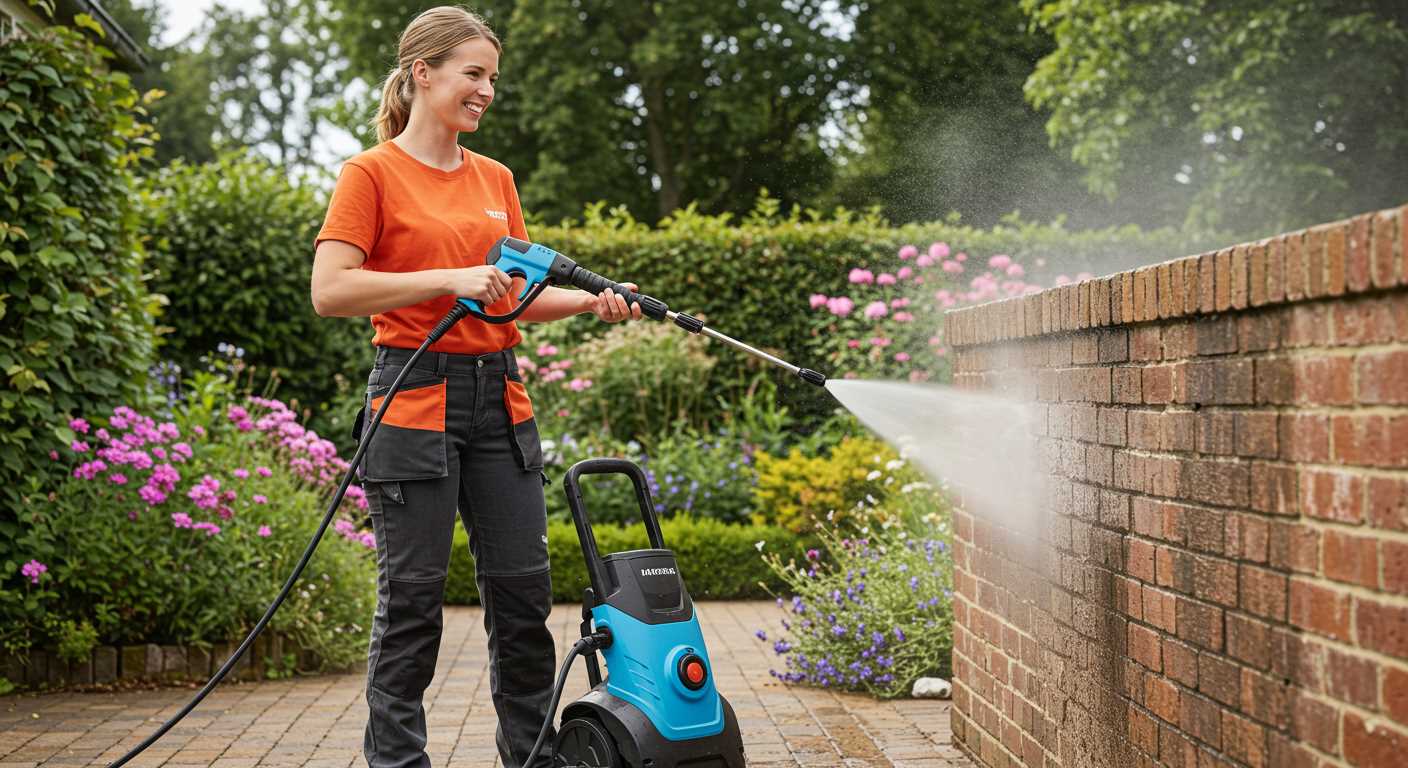
After draining, add a pump saver or antifreeze solution specifically designed for this application. Aim for a non-toxic fluid to protect internal components. Run it for 30 seconds to ensure distribution throughout the pump.
Detach the power source before storage. Ensure the machine is completely dry to avoid mildew or corrosion. Store the equipment in a climate-controlled area if possible.
Reviewing the user manual can offer insights tailored to your specific model, enhancing the winter preparation process.
Regularly check hoses and accessories for wear or damage. Addressing issues now will ensure optimal performance when you resume usage in warmer months.
Using a Pressure Washer on Snow and Ice
For effective removal of snow and ice, utilise a heated water system. Water temperatures around 60-70°C (140-160°F) significantly enhance melting efficiency, making tasks quicker and preventing freeze-back issues.
Adjust the nozzle to a wider spray pattern to avoid damaging surfaces. A 25-degree or wider nozzle is recommended, as it distributes water over a larger area, reducing pressure on any one spot.
Before operating, ensure the surface is safe to work on. Check for hidden obstructions beneath any accumulated snow or ice, which could present hazards during cleaning.
Using a detergent specifically designed for de-icing can improve results. Choose biodegradable options to prevent environmental impact and ensure compatibility with your equipment.
For particularly tough ice, consider using a combo method–start with mechanical tools like an ice scraper, followed by your machine to clear residue. This two-step approach reduces the strain on your equipment and speeds up the cleaning process.
| Temperature (°C) | Effectiveness |
|---|---|
| 0-20 | Low |
| 20-40 | Moderate |
| 40-60 | High |
| 60+ | Very High |
Wear appropriate personal protective equipment. Insulated gloves and waterproof footwear are crucial to avoid frostbite and slips when working in icy conditions.
After cleaning, ensure all equipment is well-maintained. Thoroughly flush the machine with clean water to clear out any remaining residue and prevent damage during low temperatures.
Cleaning Outdoor Surfaces during Cold Months
Ensure surfaces are clear for safety and aesthetic purposes by using appropriate cleaning techniques. While ice and snow accumulation can obscure paths and driveways, a thorough clearing boosts both visibility and safety.
Paths and Driveways
For concrete conditions, removing snow quickly prevents ice forming underneath. Use a sturdy shovel or a snow blower to clear heavy snow. Once cleared, apply a solution of salt or sand to enhance traction. After the temperature rises, a cleaning cycle with heated water could eliminate any remaining residue and grime that accumulates during the chill.
Decks and Patios
Prioritise clearing decks and patios of snow to prevent structural damage. Brush off snow with a broom rather than scraping. For wooden surfaces, consider applying a sealant in advance of frigid temperatures. If conditions permit, a gentle rinse with warm water can remove dirt without causing damage. If there are stubborn stains or mildew from moist conditions, targeted cleaning solutions are advisable.
Regular maintenance during these months extends the life of your surfaces and ensures they remain safe and inviting. Identifying the right tools and techniques for cleansing during colder months makes a significant difference in results.
Maintenance Tips for Winter Use of Pressure Cleaners
Drain all water from the unit to prevent freezing and potential damage. First, disconnect any hoses and detach the pump from the water source. Allow residual water to flow out completely.
Fuel Considerations
If using a fuel-operated model, ensure a winter-grade fuel is used to avoid issues in cold temperatures. Alternatively, consider using a fuel stabiliser to prevent degradation over extended periods.
Regular Inspections
.jpg)
Inspect seals and O-rings for wear and ensure they are intact. Cold conditions can exacerbate damage, leading to leaks. Replace any worn parts immediately to ensure reliable performance.
Check electrical connections and cords for signs of wear or damage. Cold weather can make materials brittle, increasing the risk of short-circuits or failures.
If storage is outside, use a weather-resistant cover to shield the device from elements. Proper storage conditions significantly prolong lifespan and readiness for use.
Finally, always consult the manufacturer’s guidelines for specific maintenance practices relevant to individual models, as these may vary significantly.
Protecting Your Property from Winter Damage
Insulating outdoor surfaces is critical during these chilly months. To safeguard your home, consider applying a high-quality sealant on wooden decks, fences, and patios. This creates a barrier that prevents moisture build-up and subsequent rot.
Regular Inspections
- Conduct regular checks on roofs to catch any ice damming before it leads to leaks.
- Inspect gutters and downspouts; ensure they are clear to prevent water accumulation and freezing.
Addressing Ice Issues
Remove any ice accumulation promptly. Use salt or a calcium chloride product to assist in melting. For stubborn areas, employing tools designed to chip away at ice can help restore surface safety.
- Maintain walkways: Ensuring pathways are clear avoids slips and falls.
- Check for cracks: Small issues can become significant problems; fill them with an appropriate compound to prevent expansion.
Obtaining a snow shovel or a snow blower can keep driveways and paths accessible. Ensuring they are well maintained reduces the risk of damage to surfaces.
Finally, ensure that outdoor furniture and potted plants are stored away or adequately covered. This step will reduce wear and tear and prolong their life, safeguarding your investment from harsh elements.
Best Practices for Storing Your Pressure Washer in Winter
Always drain all water from the equipment before storing it. Leftover moisture can freeze and damage internal components.
1. Prepare the Equipment
- Disconnect hoses and nozzles. Detach any accessories, ensuring complete drainage.
- Run the machine briefly without water to eliminate remaining liquid inside.
2. Protect the Engine
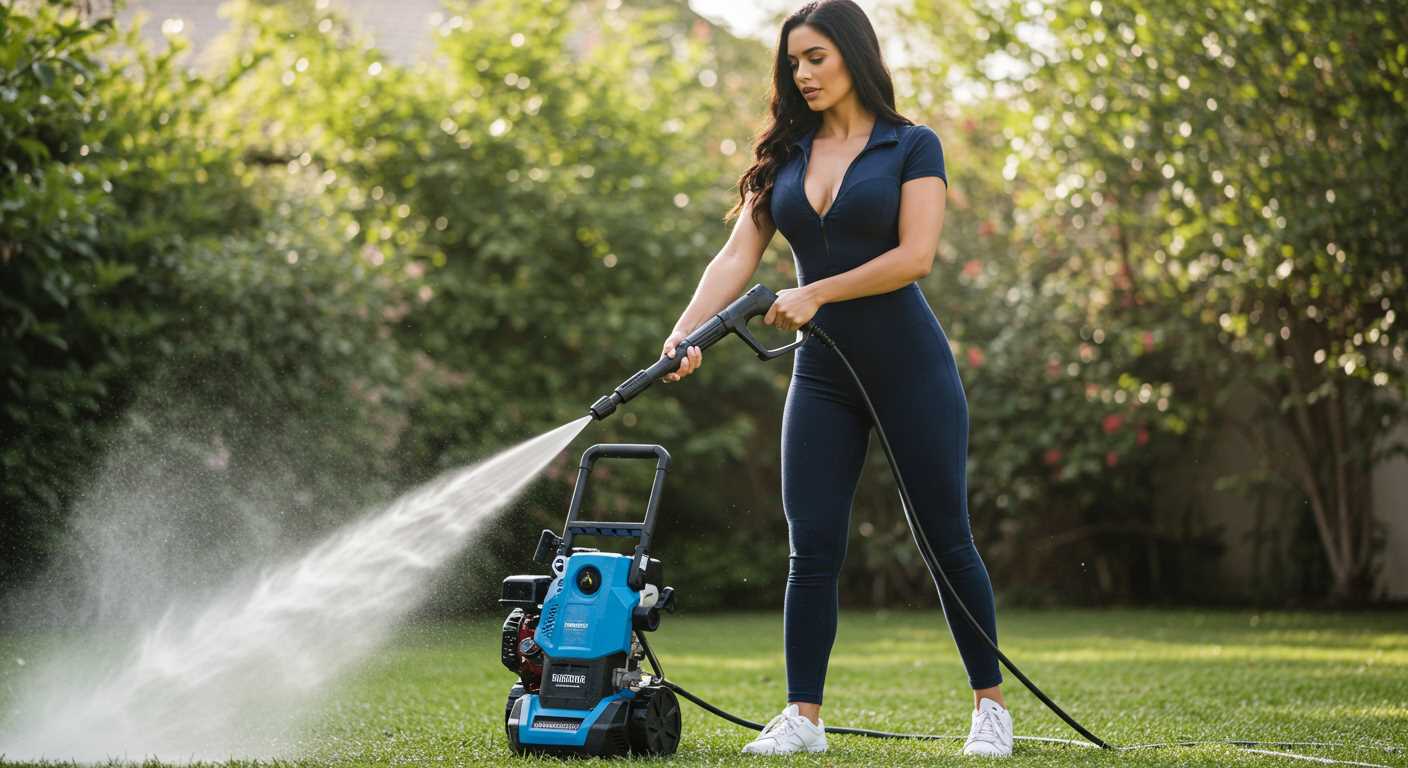
- Add winter-grade fuel stabiliser to the tank, preventing degradation and ensuring easy start-up in the upcoming season.
- Make sure to run the engine for a few minutes to circulate the stabiliser throughout the fuel system.
3. Store in a Suitable Location
- Keep the unit indoors in a dry, temperature-controlled space to avoid exposure to extreme cold and moisture.
- If indoor storage isn’t possible, cover the equipment with a weather-resistant tarp.
4. Maintenance Check Before Storage
- Inspect hoses and connections for cracks or wear. Replace any damaged components before storage.
- Lubricate moving parts according to the manufacturer’s recommendations to prevent rust.
Following these guidelines ensures your machine remains in good condition, ready for optimal performance when the weather warms up.
Common Mistakes When Using Pressure Washers in Cold Conditions
One prevalent error involves using a unit without properly checking the antifreeze levels. Failing to do so can result in internal damage from freezing water. Always ensure your equipment has appropriate fluid before starting.
Another mistake is neglecting to inspect hoses and connections for wear. Cold temperatures can harden rubber, leading to cracks and leaks. Examine these components thoroughly before each use.
Excessive Pressure Application
A significant blunder is utilising excessive force on surfaces like wood or delicate masonry. Cold temperatures can make these materials brittle and more susceptible to damage. Adjust the nozzle to a wider spray pattern to reduce intensity.
Ignoring Safety Measures
Many overlook personal safety gear when cleaning in cold conditions. I recommend wearing waterproof gloves and non-slip footwear to avoid slips. Also, ensure the area is clear of hazards like ice before starting your tasks.
Lastly, running equipment outdoors for extended periods without breaks may overload the motor. Take intervals to allow the machine to cool and maintain optimal performance.

